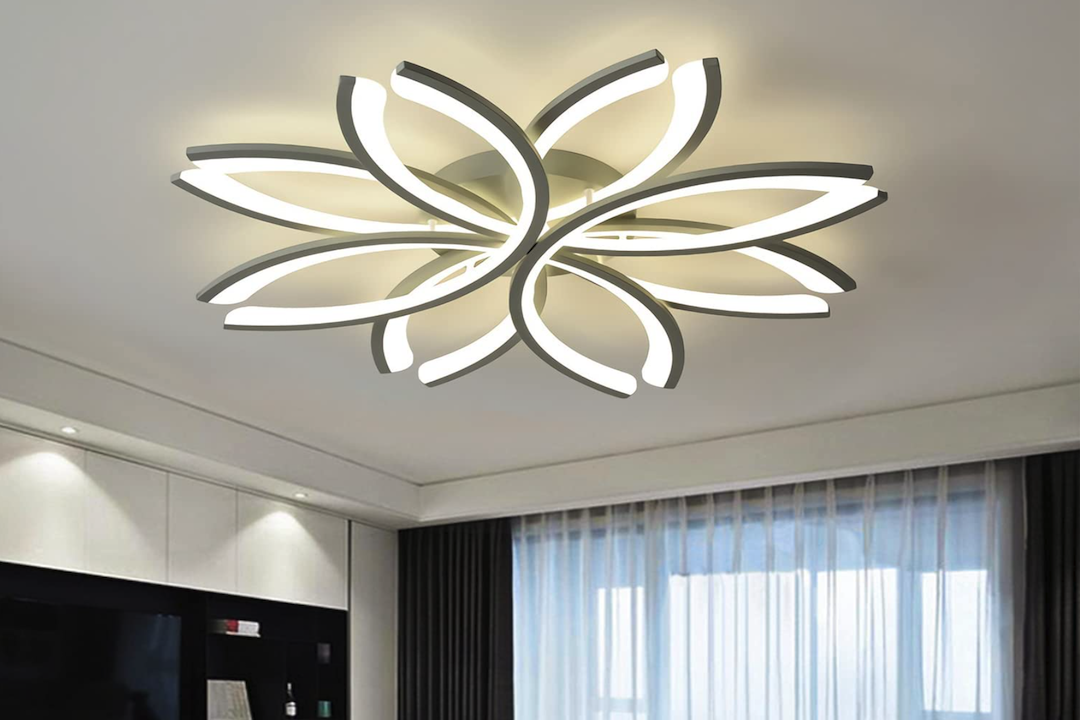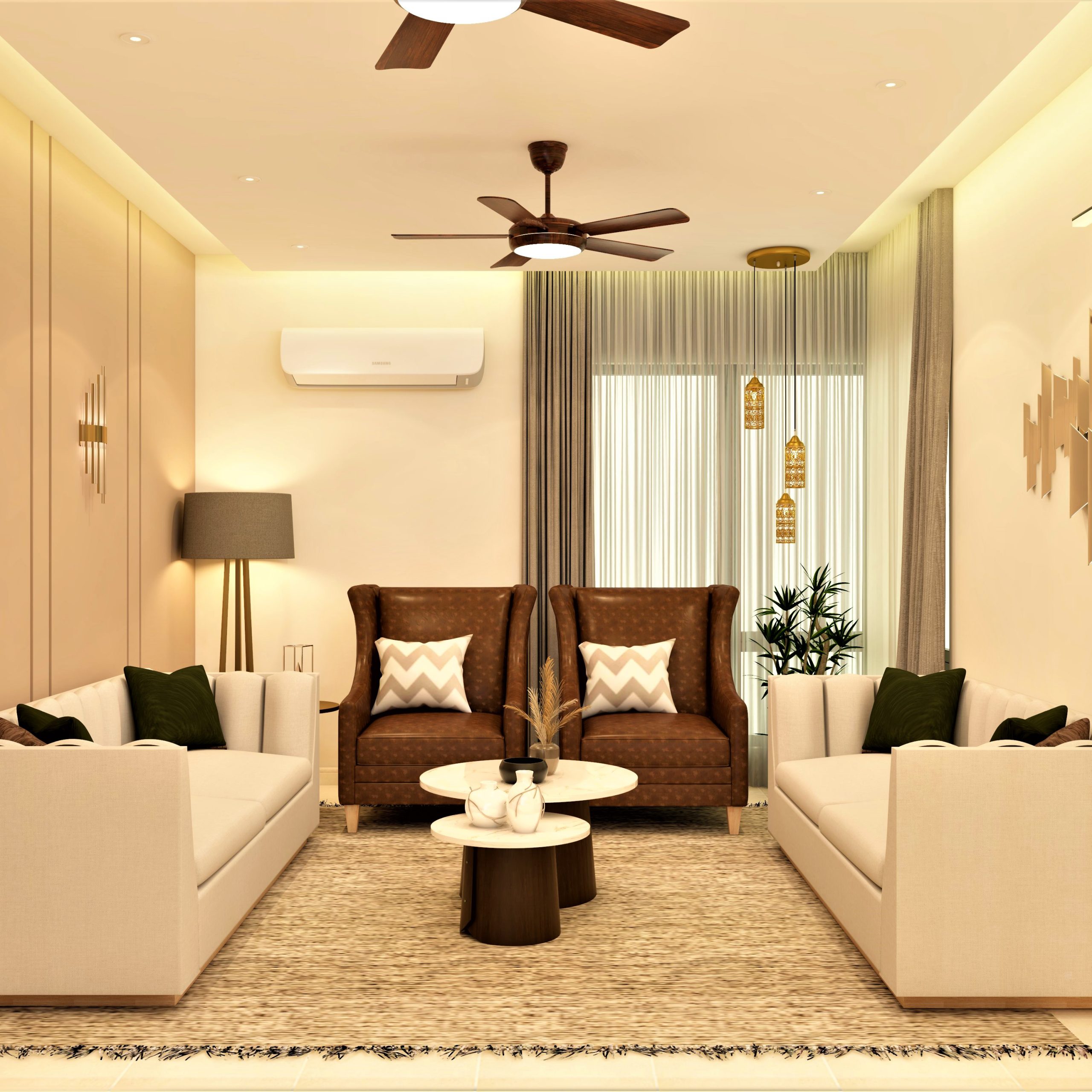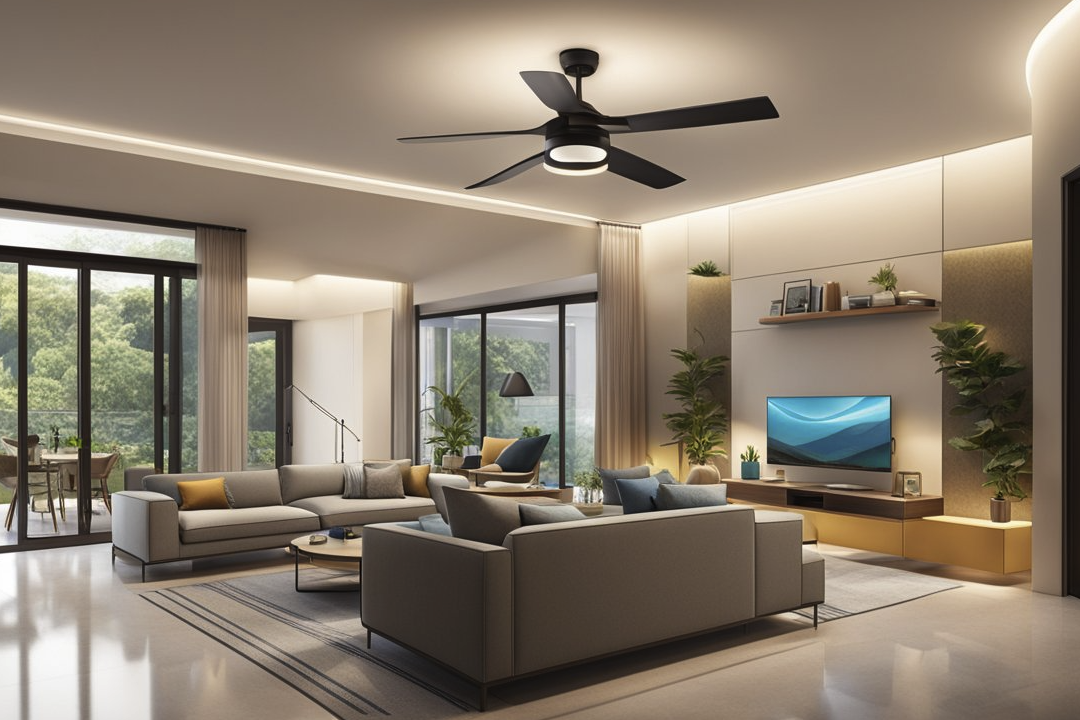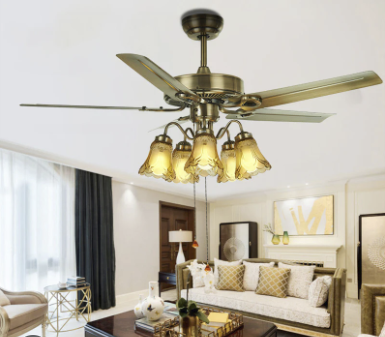Ceiling lamps serve as a fundamental element in interior design, providing both functional illumination and aesthetic appeal. These fixtures are not merely sources of light; they can transform the ambiance of a room, highlighting architectural features and enhancing the overall decor. From sleek modern designs to ornate vintage styles, ceiling lamps come in a myriad of forms, each contributing uniquely to the atmosphere of a space.
Their placement often dictates the flow of light throughout a room, making them essential for creating a well-lit environment that is both inviting and practical. The evolution of ceiling lamps jopoke has been remarkable, reflecting changes in technology, design trends, and consumer preferences. Early ceiling lights were often utilitarian, focusing solely on functionality.
However, as design philosophies evolved, so too did the aesthetics of lighting fixtures. Today, ceiling lamps are available in various styles, including chandeliers, flush mounts, and pendant lights, each offering distinct characteristics that cater to different tastes and needs. The right ceiling lamp can serve as a statement piece, drawing the eye and becoming a focal point in any room.
Choosing the Right Materials for Your Ceiling Lamp
Selecting the appropriate materials for a ceiling lamp is crucial not only for its durability but also for its visual impact. Common materials include metal, glass, fabric, and wood, each offering unique benefits and aesthetic qualities. Metal fixtures, such as those made from brass or stainless steel, provide a contemporary look and are often favored for their strength and longevity.
They can be finished in various ways—polished, brushed, or matte—to achieve different effects that complement the surrounding decor. Glass is another popular choice for ceiling lamps, particularly in designs that aim to diffuse light softly throughout a space. Frosted or etched glass can create a warm glow, while clear glass can add a touch of elegance and sophistication.
Additionally, glass can be molded into intricate shapes, allowing for creative designs that enhance the visual interest of the lamp. Fabric shades are often used in more traditional or cozy settings, providing a softer light and adding texture to the room. The choice of material should align with the overall design theme of the space while also considering practical aspects such as weight and ease of installation.
Designing Unique and Eye-Catching Lamp Shapes
The shape of a ceiling lamp plays a pivotal role in its overall impact on a room’s design. Unique and eye-catching shapes can serve as conversation starters and focal points that draw attention. Designers are increasingly experimenting with unconventional forms—think geometric patterns, organic shapes inspired by nature, or even abstract designs that challenge traditional notions of lighting.
For instance, a pendant lamp shaped like an oversized flower can add a whimsical touch to a dining area, while angular designs can lend a modern edge to minimalist spaces. Incorporating asymmetry into lamp design can also create visual intrigue. An asymmetrical chandelier with varying lengths of arms can evoke a sense of movement and dynamism within a room.
Additionally, multi-tiered designs can add depth and dimension, making the lamp appear more sculptural than functional. When designing unique shapes, it is essential to consider how they will interact with the surrounding elements—furniture, wall colors, and other decor items—to ensure a cohesive look that enhances the overall aesthetic.
Incorporating Different Lighting Techniques
Lighting techniques play an essential role in how ceiling lamps function within a space. Different types of lighting—ambient, task, and accent—can be achieved through thoughtful design choices. Ambient lighting provides general illumination for an entire room and is often the primary function of ceiling lamps.
To enhance ambient lighting, consider using fixtures that distribute light evenly across the space. For example, flush mount lights with diffusers can create a soft glow that fills the room without harsh shadows. Task lighting focuses on specific areas where activities such as reading or cooking take place.
Ceiling lamps designed for task lighting may feature adjustable arms or directional bulbs that allow users to direct light precisely where it is needed. Pendant lights hung over kitchen islands or dining tables serve this purpose well by providing focused illumination for tasks while also adding style to the area. Accent lighting highlights particular features within a room—such as artwork or architectural details—and can be integrated into ceiling lamp designs through adjustable spotlights or strategically placed fixtures.
Adding Personal Touches with Customization
Customization offers an exciting opportunity to personalize ceiling lamps according to individual tastes and preferences. Many manufacturers now provide options for customizing colors, finishes, and even shapes to suit specific design visions. For instance, selecting a unique color palette can help tie the lamp into the overall decor scheme of a room.
A vibrant red shade might complement a contemporary kitchen with bold accents, while a muted pastel could enhance the tranquility of a bedroom. Beyond color and finish, customization can extend to the choice of bulbs used in ceiling lamps. LED bulbs come in various color temperatures—from warm white to cool daylight—allowing homeowners to create different moods depending on their needs.
Smart bulbs offer even greater flexibility by enabling users to adjust brightness levels and color settings via smartphone apps or voice commands. This level of customization not only enhances functionality but also allows individuals to express their personal style through their lighting choices.
Installation and Safety Tips for Ceiling Lamps
Proper installation is critical for ensuring both safety and functionality when it comes to ceiling lamps. Before beginning any installation process, it is essential to turn off the power at the circuit breaker to prevent electrical shock. If you are unfamiliar with electrical work or feel uncomfortable handling wiring, it is advisable to hire a licensed electrician to perform the installation.
They can ensure that all connections are secure and compliant with local building codes. When installing ceiling lamps, consider the height at which they will be mounted. For example, pendant lights should be hung at an appropriate height above tables or countertops to avoid obstruction while still providing adequate illumination.
Additionally, ensure that the fixture is securely anchored to prevent it from falling over time. Using appropriate mounting hardware based on the weight of the lamp is crucial for safety. Regularly check that all fixtures remain secure and that there are no signs of wear or damage to wiring or components.
Maintenance and Care for Long-lasting Luminosity
To keep ceiling lamps shining brightly and looking their best over time, regular maintenance is essential. Dust accumulation can dull the appearance of fixtures and reduce their light output. A simple routine of dusting with a soft cloth or using a microfiber duster can help maintain their clarity and brilliance.
For glass fixtures, periodic cleaning with glass cleaner will ensure they remain sparkling and free from smudges. In addition to cleaning, it is important to check bulbs regularly for signs of burnout or flickering. Replacing bulbs promptly not only maintains optimal lighting conditions but also prevents potential damage to the fixture itself from overheating or electrical issues.
If using LED bulbs, which have longer lifespans than traditional incandescent bulbs, it is still wise to monitor their performance periodically. Ensuring that all components are functioning correctly will contribute to the longevity of your ceiling lamp and its ability to illuminate your space effectively.
Inspiring Ideas for Creative Ceiling Lamp Designs
The world of ceiling lamp design is rich with inspiration drawn from various sources—nature, art movements, cultural influences, and technological advancements all play significant roles in shaping innovative lighting solutions. One inspiring idea is to create lamps that mimic natural forms; for instance, using materials like bamboo or rattan can evoke an organic feel reminiscent of tree branches or vines. Such designs not only bring an element of nature indoors but also promote sustainability through eco-friendly materials.
Another creative approach involves incorporating artistic elements into ceiling lamps by collaborating with local artists or artisans who can craft unique pieces tailored to specific spaces. Hand-blown glass fixtures featuring intricate patterns or custom metalwork can serve as stunning focal points that reflect personal stories or cultural heritage. Additionally, exploring themes such as industrial chic with exposed bulbs and raw materials can create an edgy yet sophisticated look suitable for modern lofts or urban settings.
In conclusion, ceiling lamps are more than mere sources of light; they are integral components of interior design that can enhance both functionality and aesthetics within any space. By carefully considering materials, shapes, lighting techniques, customization options, installation practices, maintenance routines, and creative inspirations, homeowners can select or design ceiling lamps that truly reflect their style while illuminating their environments beautifully.





